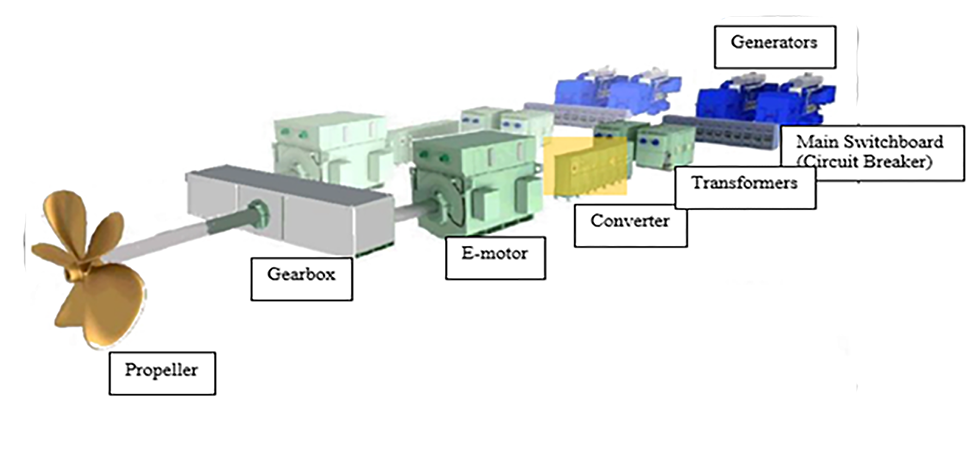
Many shipping companies have experienced unexpected issues with the electric propulsion system on their ships. They have had to ensure that incidents are properly investigated and that prevention measures are deployed to avoid reoccurrence of similar problems.
One of the actions needed is to enhance the electric competence of the engineers onboard the vessels. The main purpose of such training is to contribute to
- closing an identified competence gap in the customer’s current shipboard organizations related to existing electrical propulsions machinery,
- bridging the competence gap between engineers and ETO’s and
- develop the understanding of each other’s roles and functions.
Simsea is currently running a training session like this for one of our customers.
After the course, participants should have an in-depth understanding of purpose, functionality, interdependence and operation of
• Generators
• Switchboards
• Transformers
• Converters
• E-motors
• Gearbox
which are the main electrical components in the electric system onboard.
Special emphasis will be put on issues primarily related to the variable speed converter system:
• Connections
• Ethernet switch
• Fast Link cable • IGBT
• PCB & Capacitor • Relays
• Snubber Capacitors
In addition, the Engineers shall be able to handle any emergency and crisis scenarios.
The content of the course is in accordance with requirements from (customer), and the course content includes:
- Rules and regulations
- Basic system understanding
- Main components modes of operation
- Maintenance and inspections of installations and ex equipment
- High Voltage Cables theory
- Power generation, Emergency and main. Principle of work
- High Voltage switchboard and danger related to the equipment.
- High and Low voltage breakers, function of different types
- Use of High voltage indicators and grounding devices
- Operational planning and preparation of switching procedures
- Protection relays, principle of work
- Grounding/Earth systems, PE, IE and IS systems
- Transformers different types and operation
- Converters components and operation
- Propulsion motors synchronous and asynchronous principal of work
- UPS systems, functioning and operation
- Emergency shutdown systems, philosophy and functioning (ESD)
- Black start
- Simulator training
One of the main challenges in running such training is to maintain an operational rather than an engineering terminology and focus during the lectures and to demonstrate professional challenges and solutions by employing realistic simulators. Often, courses held by suppliers of electric solutions do not meet such an operational focus and thus the learning outcome is reduced.
Please contact A Rune Johansen in Simsea at +47 909 30 668 if you would like to hear more about this opportunity.